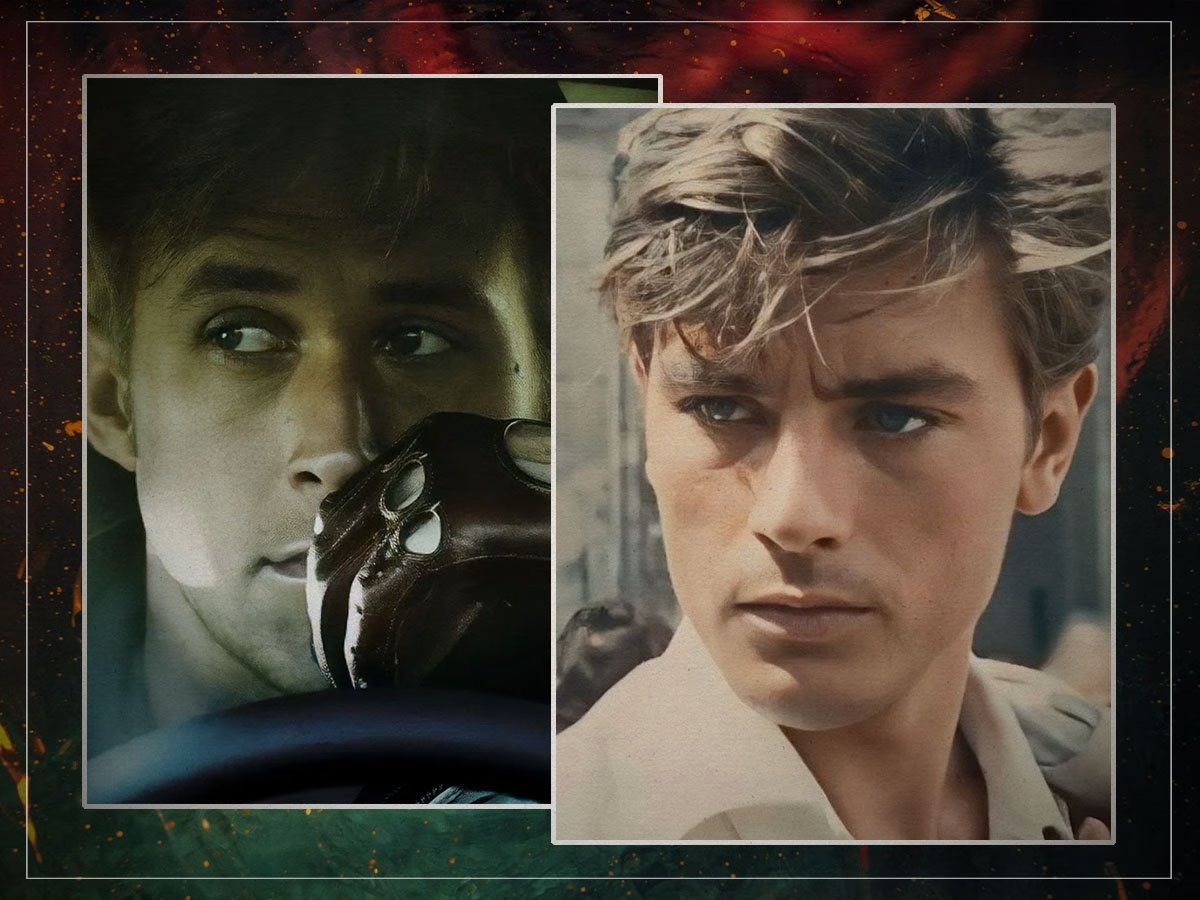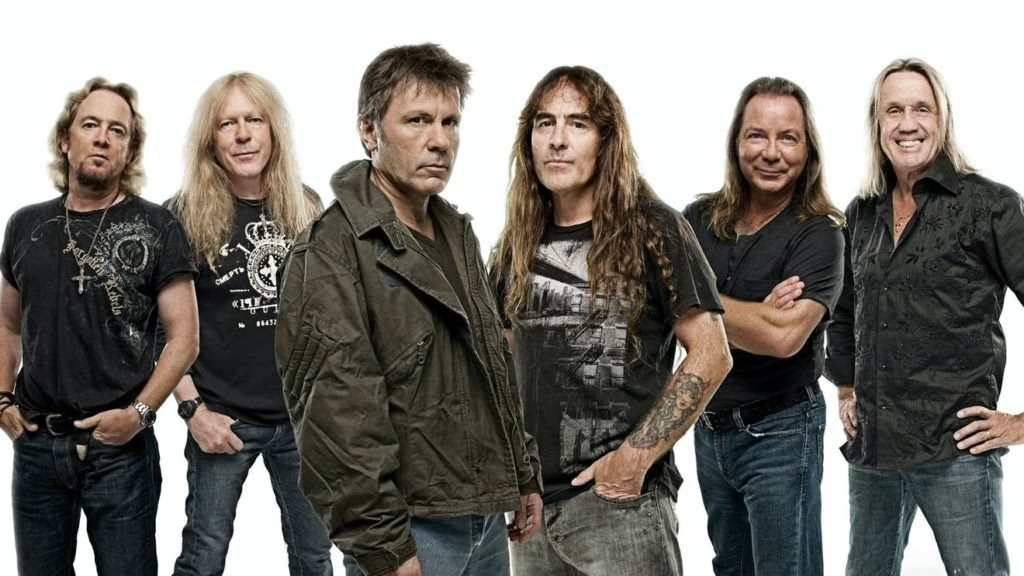In 2011, moviegoers flocked to theaters to see Drive, assuming it would be a part of the adrenaline-fueled car chase genre revitalized by the Fast and Furious franchise. Instead, they encountered what many consider one of the most artistic action films of the last two decades.
Director Nicolas Winding Refn’s neon-lit Los Angeles crime drama draws inspiration from a variety of earlier films within its 100-minute runtime. It’s frequently compared to classics like Michael Mann’s 1981 noir Thief and Walter Hill’s 1978 film The Driver. Yet, there’s one significant influence that has often gone unacknowledged – a film that has been right in front of us all along.
Jean-Pierre Melville’s 1967 crime thriller Le Samouraï fundamentally transformed the portrayal of organized crime in cinema. Starring the late Alain Delon as Jef Costello, a meticulous hitman with a strict routine, the film follows him as he becomes the hunted when a job goes awry. Does that narrative sound familiar?
Delon’s portrayal of Costello is marked by a stillness and emotional detachment that resonate deeply, showcasing a sociopathic character in a way that’s strikingly relevant even today. Ryan Gosling’s interpretation of the Driver in Drive mirrors this persona. He comes off as quiet and almost shy during the day, working as a Hollywood stunt driver, but at night seamlessly transitions to his role as a getaway driver for criminals in Los Angeles.
Le Samouraï redefined the crime thriller genre in the late 1960s, stripping down the action to its essence. While the film features shootouts and heists, it emphasizes minimalism and highlights the intricate details of its characters’ lives.
Both lead characters carry an intangible void within them. They share a signature style: Costello dons a plain trench coat and hat, while the Driver is famously known for his yellow scorpion jacket. Their intense, brooding gazes captivate audiences, leaving viewers on edge. Visually, moments spent behind the wheel in both films offer striking parallels worthy of comparison.
Melville’s influence permeates Drive, not just in the character dynamics but also in the film’s overall aesthetic. The way both directors depict car chases and violence is subtle; rather than loud and dramatic, moments of death and conflict are portrayed with a quiet intensity.
Before Drive graced the big screen, many celebrated filmmakers were inspired by Melville’s work. Le Samouraï notably influenced John Woo’s The Killer, Jim Jarmusch’s Ghost Dog, and Michael Mann’s Collateral. Even David Fincher’s 2023 Netflix crime thriller, The Killer, starring Michael Fassbender, sparked discussions about similarities in style to Delon’s character from nearly six decades ago.
In redefining the crime drama, Melville laid a foundation that Refn successfully revisited years later, especially with an actor like Ryan Gosling at the forefront. Sometimes, a director’s restraint and ability to evoke deeper emotions is the key to resonating with audiences, regardless of the genre.













